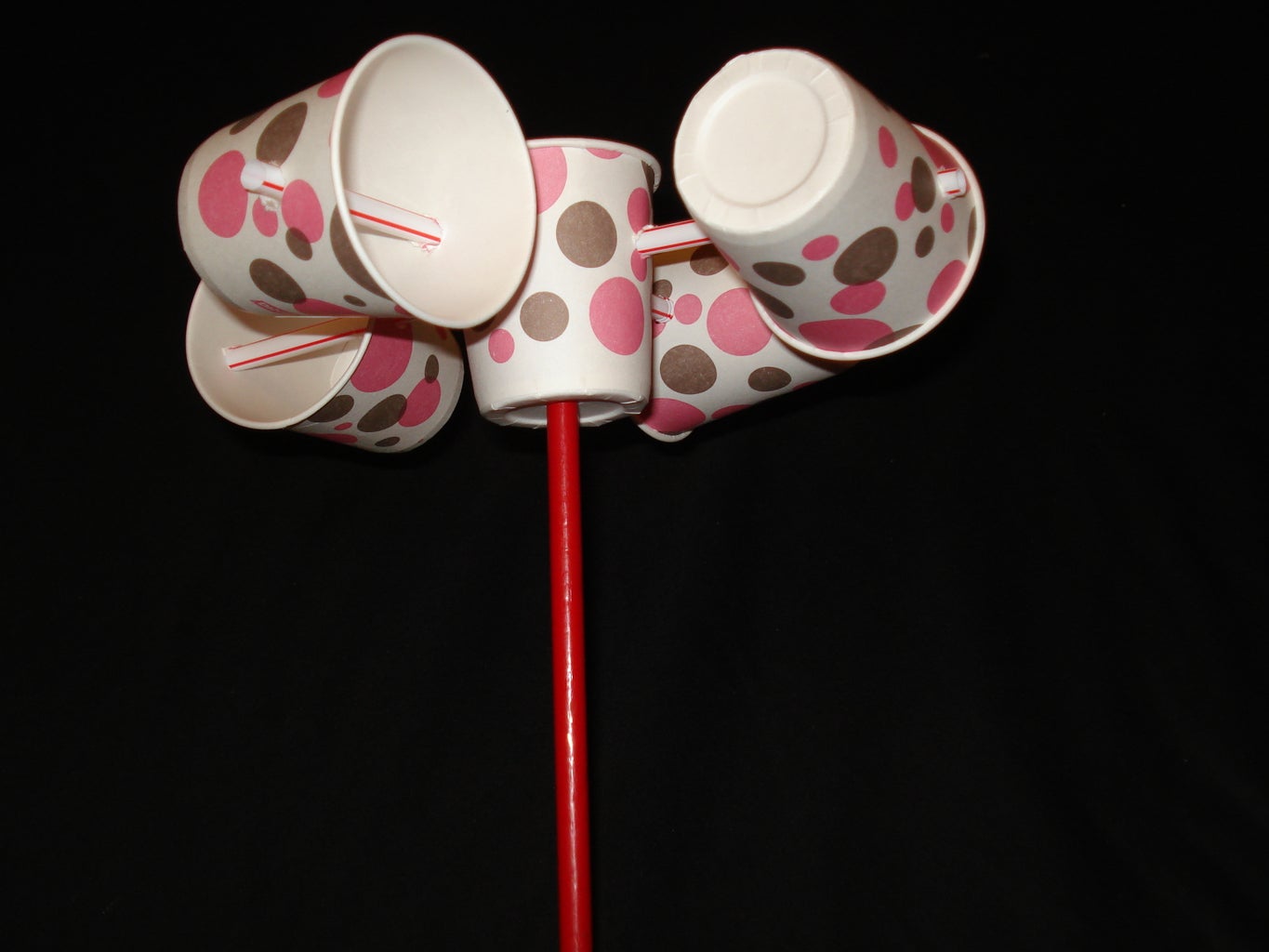Understanding Different Types of Anemometers for Various Applications
Understanding Different Types of Anemometers for Various Applications
Blog Article
All You Required to Find Out About Anemometers: How They Work, Why They Issue, and Where to Make use of Them
Anemometers, however commonly forgotten in the world of clinical instruments, play a crucial function in various areas, offering beneficial insights right into wind speed and air movement patterns. Recognizing the technicians behind these devices is crucial for anybody seeking to harness the power of this information. From meteorologists tracking climate patterns to engineers creating structures with wind tons in mind, the applications of anemometers are varied and far-reaching. As we explore the complexities of anemometer technology, we will reveal the inner workings of these devices, their significance, and the crucial factors to consider when selecting the appropriate anemometer for details applications.

Anemometer Fundamentals
A necessary instrument made use of to measure wind rate and instructions, the anemometer plays a critical duty in meteorology and different markets. An anemometer generally consists of three or four mugs that turn in the wind, a vane that points right into the wind, and sensing units to track the rotations or movements.
There are different kinds of anemometers readily available, consisting of cup anemometers, vane anemometers, hot-wire anemometers, and sonic anemometers, each with its special functions and applications. Cup anemometers are typically used for standard wind speed dimensions, while vane anemometers are favored for directional measurements.
Principles of Anemometer Operation
Building on the fundamental understanding of anemometer fundamentals, the principles of anemometer operation clarify the mechanics behind wind rate and instructions measurements. Cup anemometers, for circumstances, have three or even more mugs that capture the wind, creating them to rotate faster as the wind rate boosts. Hot-wire anemometers rely on a warmed cable that cools down as wind passes over it, with the rate of cooling down establishing the wind speed.
Relevance of Anemometers
The value of anemometers in weather forecasting and different sectors can not be overemphasized. Anemometers play a crucial function in gauging wind speed and instructions, supplying crucial information for weather projecting, climate researches, environmental tracking, and aviation procedures. Meteorologists count on anemometers to gather precise wind data, assisting them understand weather condition patterns, predict tornados, and issue timely cautions to the public. In markets such as construction, farming, renewable resource, and maritime operations, anemometers are utilized to maximize processes, ensure security, and enhance effectiveness. Wind farm drivers use anemometers to examine wind problems and take full advantage of electrical power manufacturing from wind generators. In the maritime industry, anemometers aid ship navigating by giving real-time wind information to captains, assisting them make educated decisions to make sure secure trips. Generally, anemometers are essential tools that add significantly to security, performance, and educated decision-making in meteorology and a vast array of markets.
Applications Across Various Industries
In the renewable power sector, anemometers play a vital duty in analyzing wind problems for wind ranch placements, guaranteeing optimal energy manufacturing. Industries like building and construction and mining make use of anemometers to monitor wind speeds, essential for security procedures, particularly when working at heights or in open-pit mines where strong winds can pose hazards. In farming, anemometers aid farmers in handling crop spraying by providing real-time information on wind rate to prevent drift.

Choosing the Right Anemometer for Your Needs
Picking the appropriate anemometer tailored to your particular demands is crucial for obtaining precise wind speed and direction measurements. When selecting an anemometer, take into consideration variables such as the intended application, required measurement range, environmental conditions, and preferred functions. For basic objectives, a mug anemometer is use this link ideal for gauging wind rate, while a vane anemometer gives wind direction information. Hot-wire anemometers are ideal for low airspeed measurements, and ultrasonic anemometers offer high accuracy and sturdiness.

Conclusion
In verdict, anemometers play a vital function in measuring wind rate and direction throughout various sectors. It is important to take into consideration the value of anemometers in order to make enlightened decisions when choosing the most appropriate gadget for gauging wind problems.
There are different kinds of anemometers offered, including mug anemometers, vane anemometers, hot-wire anemometers, and sonic anemometers, each with its unique attributes and applications. Mug anemometers are commonly used for fundamental wind rate dimensions, while vane anemometers are favored for directional dimensions. Hot-wire anemometers are appropriate for reduced airspeeds, and sonic anemometers are optimal for high-precision measurements in study and commercial setups.Building on the fundamental understanding of anemometer fundamentals, the principles of anemometer operation elucidate the technicians behind wind speed and instructions measurements. For general objectives, a mug anemometer linked here is ideal for gauging wind rate, while a vane anemometer gives wind direction data.
Report this page